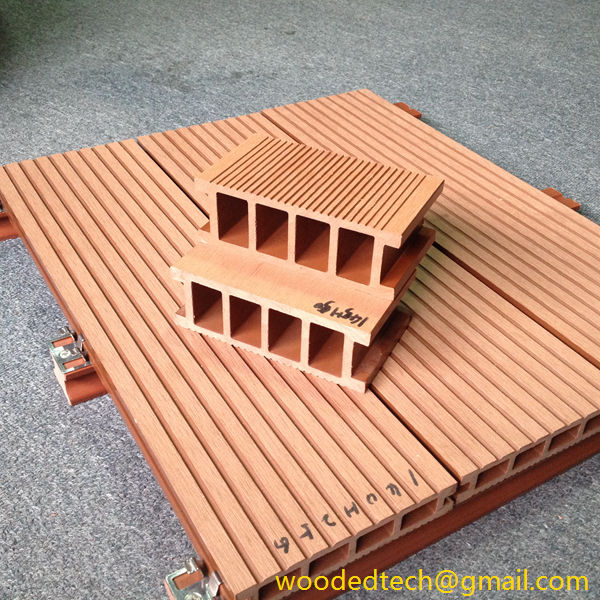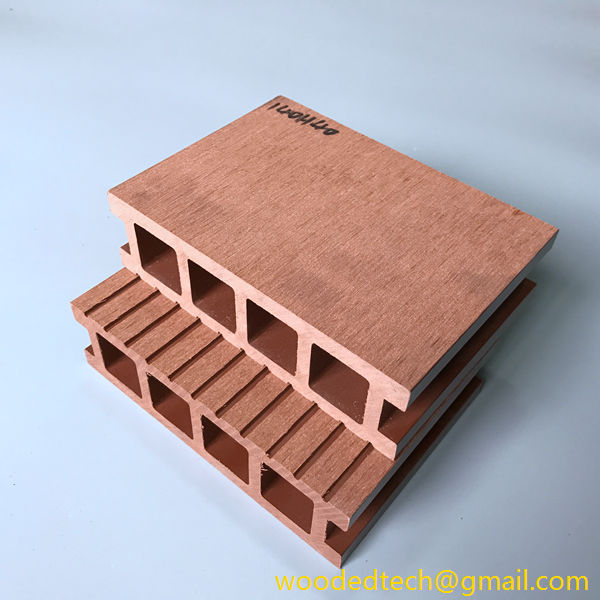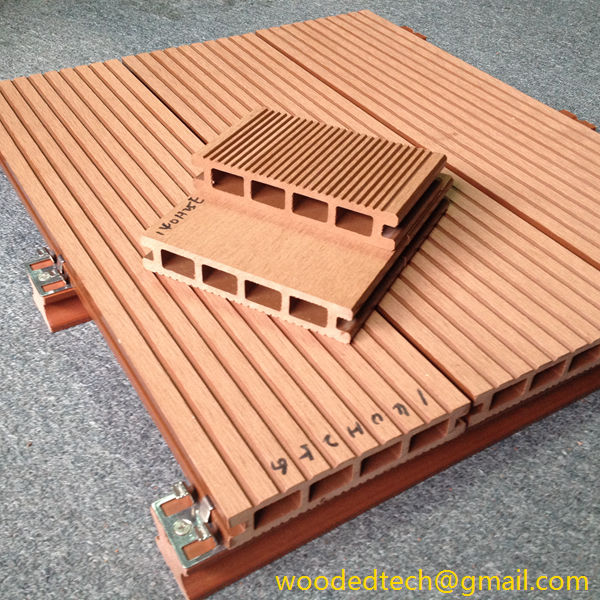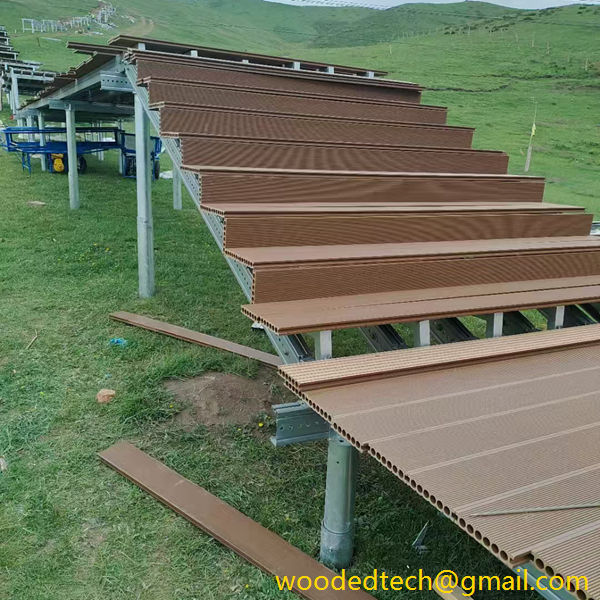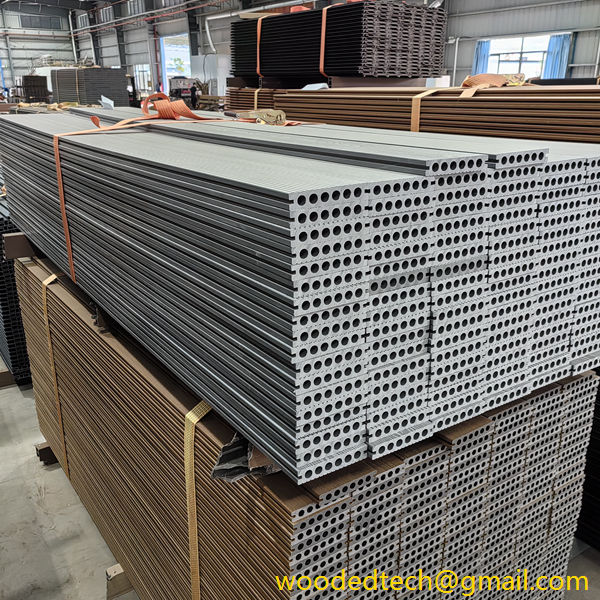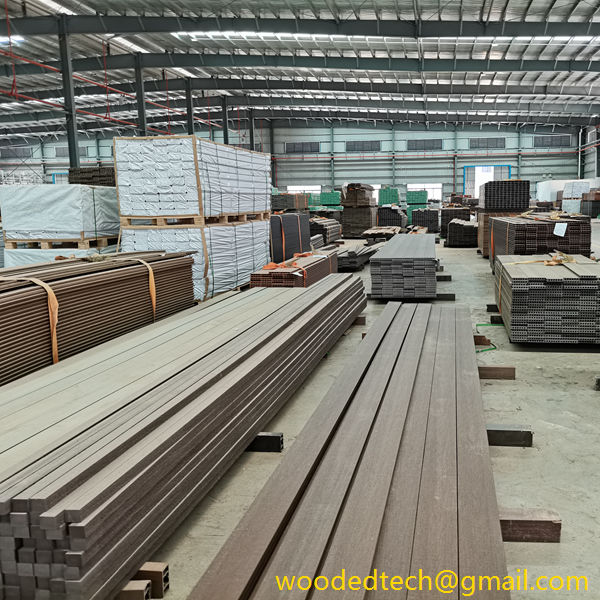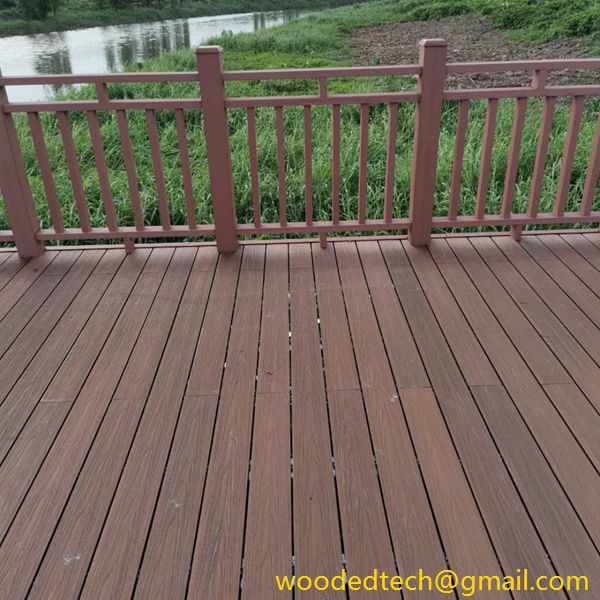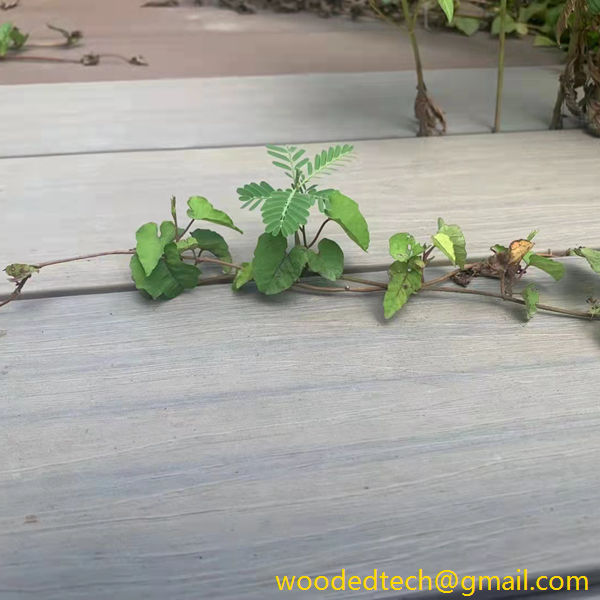What is WPC Boards: Understanding the Uses of WPC Boards in Construction
What is WPC Boards: Understanding the Uses of WPC Boards in Construction Wood Plastic Composite (WPC) boards have emerged as a revolutionary material in the construction and building industry. Combining the best properties of wood and plastic, WPC boards offer a range of benefits that make them an attractive choice for various applications. This article…
What is WPC Boards: Understanding the Uses of WPC Boards in Construction
Wood Plastic Composite (WPC) boards have emerged as a revolutionary material in the construction and building industry. Combining the best properties of wood and plastic, WPC boards offer a range of benefits that make them an attractive choice for various applications. This article delves into what WPC boards are, their uses in construction, and their implications for global production capacity distribution.
At its core, WPC is a composite material made from a mixture of wood fibers and thermoplastics. The wood fibers are typically derived from recycled wood products, which helps in reducing waste and promoting sustainability. The plastic component often consists of polyethylene or polypropylene, which provides enhanced durability and resistance to moisture, pests, and decay. This unique combination results in a product that retains the aesthetic appeal of wood while offering superior performance characteristics.
One of the primary reasons for the increasing popularity of WPC boards in construction is their versatility. WPC boards can be used in various applications, including decking, fencing, cladding, and interior finishes. In outdoor settings, WPC decking has become a favored choice due to its resistance to water and insects, making it suitable for areas exposed to harsh weather conditions. Unlike traditional wood, WPC decking does not require regular sealing or staining, significantly reducing maintenance costs and efforts.
In addition to decking, WPC boards are extensively used for fencing solutions. The durability and weather resistance of WPC make it an ideal choice for fencing in residential and commercial properties. WPC fences are available in various styles and colors, allowing homeowners and builders to select designs that complement their architectural vision. Furthermore, the longevity of WPC fences reduces the frequency of replacements, contributing to cost savings over time.
Another significant application of WPC boards is in cladding. The exterior cladding of buildings plays a crucial role in protecting structures from environmental elements. WPC cladding provides an excellent alternative to traditional materials like vinyl or wood siding. It is not only aesthetically pleasing but also offers superior resistance to fading, warping, and cracking. This makes WPC cladding a long-lasting choice that maintains its appearance even in challenging climates.
Within interior spaces, WPC boards are gaining traction as well. They are increasingly used for wall panels, cabinetry, and furniture. The ability to mimic the look of natural wood while providing enhanced durability makes WPC boards a compelling option for modern interior design. Additionally, WPC materials can be manufactured in various colors and textures, allowing designers to achieve creative and customized looks.
The environmental advantages of using WPC boards also play a significant role in their adoption in construction. As the construction industry moves towards more sustainable practices, materials that utilize recycled content and contribute to waste reduction are highly sought after. WPC boards typically contain a significant percentage of recycled materials, making them a more environmentally friendly choice compared to traditional wood products. Moreover, the manufacturing process of WPC often consumes less energy than producing conventional building materials, further enhancing its sustainability profile.
From a global production capacity perspective, the distribution of WPC board manufacturing is an essential factor to consider. The production of WPC boards is not confined to a particular region; rather, it has seen significant growth in various parts of the world. Countries with abundant timber resources and established plastic manufacturing industries, such as the United States, China, Germany, and Canada, have emerged as key players in the WPC market.
The globalization of the WPC industry has led to increased competition and innovation. Manufacturers are continually exploring new formulations and production techniques to improve the performance and aesthetics of WPC boards. This has resulted in a diverse range of products available in the market, catering to different customer preferences and applications.
However, the global distribution of WPC board production capacity is not without its challenges. Factors such as raw material availability, regulatory standards, and market demand can influence production capabilities. For instance, in regions where timber resources are limited or heavily regulated, the production of WPC boards may face constraints. Conversely, areas with abundant plastic waste may see a surge in WPC production as manufacturers look to capitalize on recycled materials.
Moreover, the rising demand for sustainable building materials is reshaping the WPC market. As awareness of environmental issues grows, consumers and builders are increasingly prioritizing eco-friendly options. This trend is expected to drive further investment in WPC production facilities, particularly in regions where sustainable practices can be effectively implemented.
In conclusion, WPC boards represent a significant advancement in building materials, offering a combination of durability, versatility, and environmental benefits. Their applications in decking, fencing, cladding, and interior finishes highlight their adaptability in the construction industry. As global production capacity continues to evolve, the ongoing development of WPC technology and increasing demand for sustainable materials will likely shape the future of this innovative product. Understanding the distribution of WPC board production capacity on a global scale will be crucial for stakeholders in the construction industry as they navigate the complexities of sourcing and utilizing these materials effectively.

